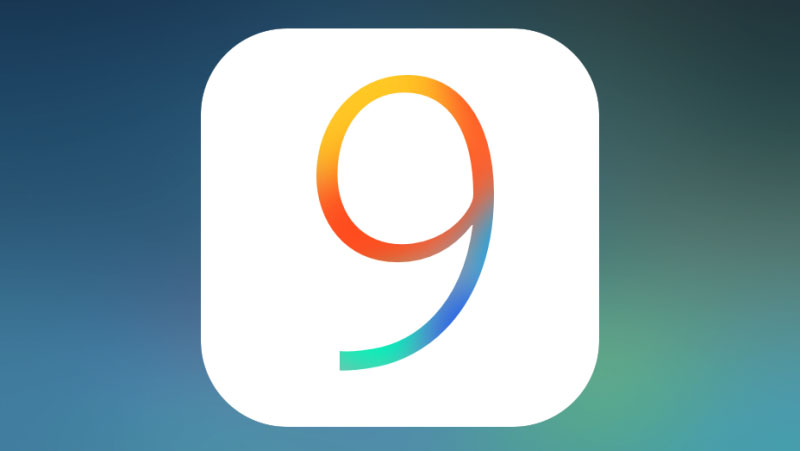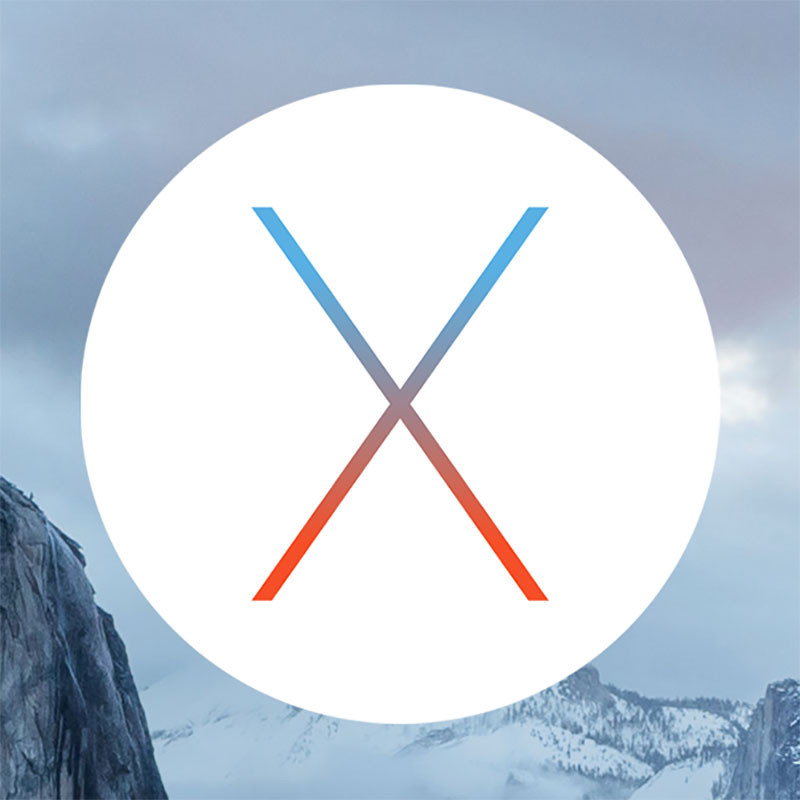
In the tech-centric world we live in today, the faster that software updates get pushed, typically the better off everyone is. Software updates provide not only more features, but are a vital conduit for security updates. Our world is a connected world and when security issues are found, they need to be patched immediately. Anything that speeds up that process is “Good”, except we still need “early adopters” which is a group we’re very quickly losing. Why? Well just look at iOS 9.

As a technologist, I’ve always been an early adopter. It also happens that I have spent some time working in software quality assurance. Between these two factors, I understand the risks of jumping on new technology as soon as its ready, sometimes even before. In the case of OS X 10.11 (El Capitan), I was a member of the Apple Developer Program, so I had access to the betas in June. I installed said beta on one of my primary laptops… and eventually had to stop using that machine. Beta means that some things might not work correctly yet, and that was certainly the case for those early betas.
So back to iOS 9. The release (ex: production, not beta) was 10 am PST on Wednesday 9/16, by 10:44AM I had finished upgrading my devices. For those not familiar with software development, most would presume that with a product released to the public, it’s “perfect” and they should upgrade. According to Apple 12% of all iOS devices had upgraded in the first 24 hours and now (5 days later) a full 50% of users have upgraded. There’s only one problem… iOS 9 isn’t perfect… in fact there is quite a few problems with it, mostly relating to performance.
I’d guess that 10s of millions of iOS devices are running iOS 9 already and a fair number of them are exhibiting performance issues. I know these complaints are legitimate because both of my devices (an iPhone 6 Plus and an iPad Mini 3) exhibit the same stuttering, lag and visual “hickups”. As an early adopter I accept these issues as a price to pay for getting to play with the latest and greatest. However the implicit job for all early adopters is to find these issues so hopefully Apple can fix them. With 50% of the world already upgraded? What’s the point?

Oddly in other areas of technology, specifically Software-as-a-Service, there often is only an “all or nothing” upgrade. Be it SaaS or iPhones, there is no quick and easy fix for this particular problem. Each and every company handles upgrades differently. However with software that’s vital to our lives (and arguably cellphones are; who wants to be stranded on a remote road without their phone?) perhaps there needs to be more investment in having “canaries in the coal mine“. Until that time, I’d recommend everyone who hasn’t upgraded to iOS 9 (and doesn’t care about having the latest and greatest right this second) wait until 9.1 comes out.